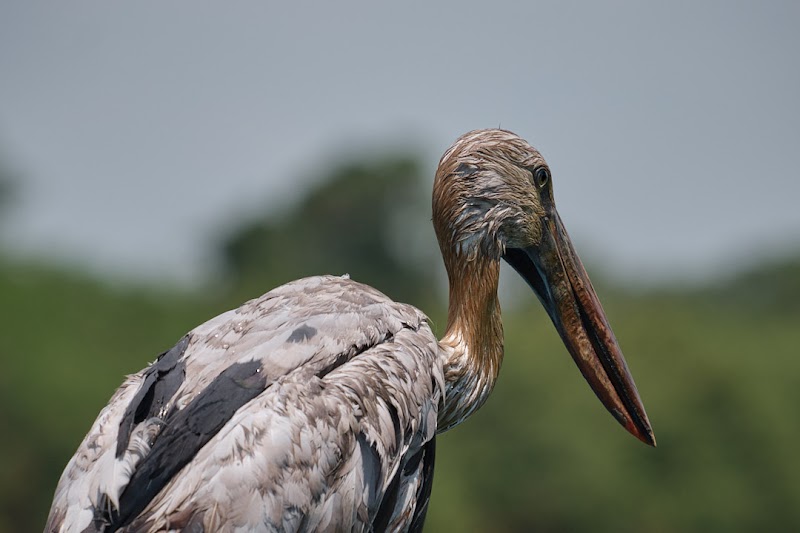
Siem Reap Water Festival: Navigating Cambodia’s Celebratory Currents
Experience Cambodia’s landmark Water Festival in Siem Reap, where thrilling dragon boat races meet vibrant cultural ceremonies along the Tonle Sap River. This guide equips you with everything from navigating crowds to capturing perfect festival moments, blending heritage with hands-on adventure.
Stay Hydrated and Dress Smart
November evenings can remain humid despite cooler temperatures, so carry water and wear breathable fabrics to stay comfortable amid the crowds and heat.
Wear Sturdy, Comfortable Footwear
Uneven, sometimes dusty paths and long periods of standing require durable shoes that protect your feet while maintaining comfort.
Arrive Early for Best Viewing Spots
Crowds build quickly along the riverbanks—plan to arrive at least an hour before your chosen events to secure clear views for racing and fireworks.
Use Local Transport Options
Road congestion spikes during the festival; taking tuk-tuks or boats can save time and offer unique perspectives of the event.
Siem Reap Water Festival: Navigating Cambodia’s Celebratory Currents
Siem Reap’s Water Festival, or Bon Om Touk, sweeps the city into a vibrant rhythm where river and revelry merge for three intense nights each November. The Siem Reap River, daring crowds of all ages like a powerful current, sets the stage for Cambodia’s most dynamic celebration after the rainy season. Expect dragon boat races that push forward with fierce energy, fireworks that crack the night sky, and lanterns that drift slowly on water, embodying a dialogue between tradition and the forces of nature.
This festival isn’t just a feast for the senses but a practical expedition through the heart of Khmer culture. The three-day event centers on the Tonle Sap River, where you’ll witness sleek boats sliced through the water by teams whose strength mirrors the river’s pull. At the same time, makeshift stalls line the waterfront, ready to provide local street food and refreshments to keep pace with the energy surging through the crowd.
The terrain beneath your feet shifts between paved walkways and dusty riverside dirt paths, often bustling with families and tourists alike. Timing your visit for late afternoon through evening ensures cooler air and prime views of the light shows. Stay hydrated—humidity clings like an unrelenting companion, and crowds can test your personal space. Comfortable, sturdy footwear is key; the uneven surfaces and standing time demand pragmatic choices over style.
Plan your days leading into the festival with a practical mindset: arrange transport early as waterways and roads grow congested, and budget time for immersive cultural offerings like traditional dance and market stalls that crackle with local craftsmanship.
Nature participates actively—Tonle Sap’s water levels, heightened by rains, dictate the festival’s timing and energy. The river commands respect; its currents are alive, pushing boats fast, shaping the event’s pulse. Stand on the banks and watch the reflections shimmer with lantern light, sensing the water's ancient patience merged with celebratory urgency.
For photographers and adventurers alike, Siem Reap’s Water Festival delivers vivid scenes of community and elemental force working in tandem. Whether you’re drawn by adrenaline or cultural immersion, this festival offers a practical yet thrilling passage through Cambodia’s seasonal heartbeat.
Nearby Trips
All Adventures
Boat Charters
Water Activities
Adventures near Siem Reap, Cambodia
Discover the unique and memorable adventures that make Siem Reap, Cambodia special.
Frequently Asked Questions
What is the significance of the dragon boat races at the Water Festival?
The dragon boat races symbolize the strength and agility of the Khmer people, honoring their relationship with the Tonle Sap River which sustains local life through fishing and agriculture.
Are there any safety considerations during the festival?
Large crowds and river proximity require vigilance; keep children close, avoid alcohol excess, and use official viewing areas for safety along slippery banks.
Can visitors participate in the boat races or other ceremonies?
Participation is generally reserved for trained local teams and cultural groups; visitors can engage by attending workshops or viewing traditional performances nearby.
What local foods are a must-try during the festival?
Try traditional Khmer dishes like num banh chok (rice noodle soup), grilled seafood from the river, and fresh tropical fruits sold at riverside stalls.
Are there quieter spots to watch the festival away from the crowds?
Yes, certain sections upstream or near local temples offer calmer views of the races, though some accessibility planning is needed to reach these quieter banks.
How does the festival impact the local environment?
Organizers and locals work to minimize waste and protect the Tonle Sap’s fragile ecosystem, but visitors should take care to dispose of trash properly and avoid disturbing wildlife.
Recommended Gear
Lightweight Water Bottle
Staying hydrated throughout the humid and busy festival is critical.
Comfortable Walking Shoes
Supports long hours standing and walking on uneven terrain near the river.
Compact Rain Poncho
Useful for unexpected downpours during the rainy season, though the festival is outside of peak rains.
Compact Camera or Smartphone
Captures the vibrant races, fireworks, and lantern scenes with ease and portability.
Local Insights
Hidden Gems
- "Wat Thmei viewpoint overlooking the river, offering panoramic festival views without the crowd crush."
- "Night markets near the riverbank that feature artisan crafts and traditional Khmer performances."
Wildlife
- "Monitor lizards along quieter river edges"
- "Various water birds that follow the river currents"
History
"The festival celebrates the reversal of the Tonle Sap River’s flow each year, a natural phenomenon that has informed Khmer fishing and farming traditions for centuries."
